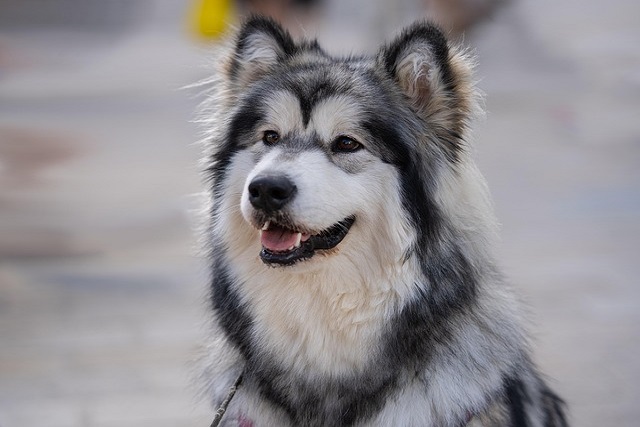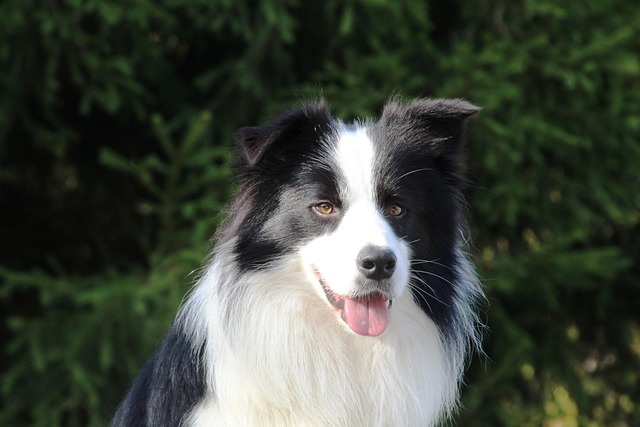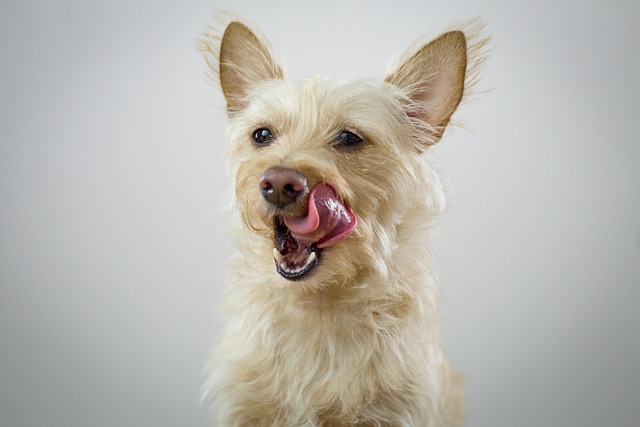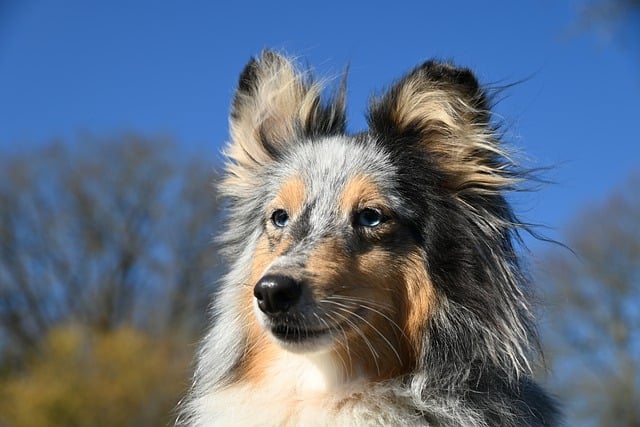Staring at the untouched bowl of dog food and then at the proud-looking Husky beside it, many owners are left deeply puzzled—why is this fluffy Arctic spirit so picky about food? Training a Husky to eat properly isn’t just about enforcing rules; it’s a long journey of understanding breed-specific traits, establishing healthy eating habits, and building trust. As an ancient breed with remarkably close genetic ties to wolves, Huskies have a unique relationship with food. Unlike other dogs that eagerly devour every meal, they often show indifference—a trait that once helped their ancestors ration scarce food resources in the harsh Siberian wilderness. Recognizing this is the first step to successfully training a Husky to eat.
Redefining "Normal" for Huskies
Huskies have a metabolism about 15% slower than other dogs, naturally predisposing them to "eat little but often." If your Husky occasionally skips a meal, don’t panic—it’s their instinctive way of regulating energy intake. What truly warrants attention is prolonged refusal to eat or sudden changes in eating patterns. Establishing a consistent feeding schedule is crucial, but flexibility matters: offer food for 15–20 minutes, then remove it (eaten or not) to teach the concept of "meal time." One experienced Husky owner shared how his picky eater, "Snowflake," transformed after two months of timed meals paired with measured hunger cues—a foundation for lifelong health.
Food Choices and Presentation Matter
Huskies crave novelty. Rotate 3–4 high-quality kibble formulas, occasionally adding cooked chicken, carrots, or pumpkin for appeal. Temperature plays a role too—lukewarm food (near body temp) entices more than cold servings. Puzzle feeders or hiding food in interactive toys can turn meals into engaging treasure hunts. An Alaskan trainer found that making Huskies "work" for food (e.g., performing simple commands for rewards) taps into their working-dog heritage, boosting enthusiasm.
Patience and Consistency Are Key
This intelligent but stubborn breed will test boundaries relentlessly, so household rules must be uniform. Resist begging eyes and table-scouting—human food is unhealthy for their digestion. Praise calm waiting, and disengage if they try to steal. One owner trained his blue-eyed Husky to eat only on the "Go" command, turning mealtime into a bonding ritual. Remember: Huskies are hyper-sensitive to emotions. Calm assertiveness works far better than scolding.

Special Circumstances Require Adaptability
In summer, appetites may wane—offer hydrating foods during cooler hours. Heat cycles, exercise changes, or stress can cause temporary disinterest; address the root cause, not the symptom. Senior Huskies need extra care: dental issues or slowed metabolism may require softer textures or adjusted nutrition. A vet shared how hand-feeding soaked kibble to a 14-year-old Husky with tooth problems revived the aging dog.
Training a Husky to eat is ultimately about respecting their nature. When you stop obsessing over portion sizes and appreciate their rational approach to food, you’ll grow alongside them. The joy of watching your once-finicky Husky dine contentedly surpasses mere obedience. This shared journey fosters unspoken trust—because raising a Husky isn’t about taming a wild soul, but harmonizing with an independent thinker from the snow. When balance is found, the real reward isn’t perfect eating habits, but the closeness forged along the way.






